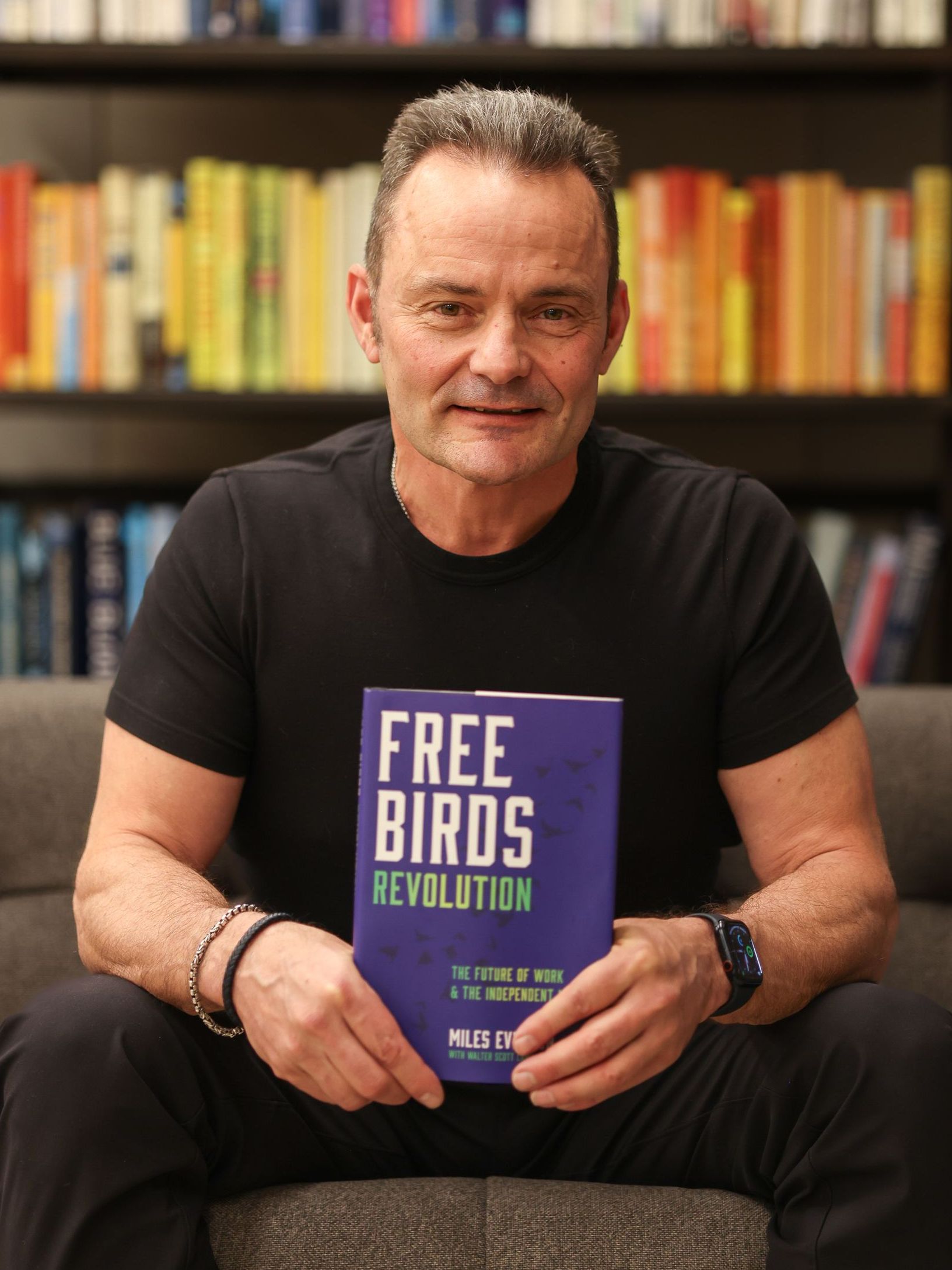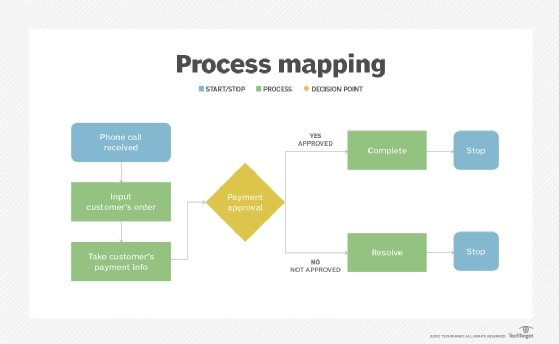The Cartography of Success: Do great leaders think like mapmakers?
| From the desk of Miles Everson: Hi, everyone! I’m thrilled to share another business insight with you in today’s edition of “Return Driven Strategy (RDS),” shared directly and personally by my friend and colleague, Professor Joel Litman, to his workforce at Valens Research. For those of you who are not yet familiar with this, RDS is a pyramid-shaped framework with 11 tenets and 3 foundations. When applied properly, these principles help businesses attain high levels of performance. Today, we’ll take a deep dive into one of the framework’s tenets. Ready to know more? Continue reading below! |
The Cartography of Success: Do great leaders think like mapmakers? Most disasters don’t begin with explosions. They start quietly, with a missed detail, a misunderstood handoff, or a simple question no one ever thought to ask: “What happens next?” In the vast machinery of modern organizations, it’s not always the big strategic moves that break things. Sometimes, it’s the invisible gears grinding out of sync. Yet, in the race towards innovation, automation, and AI, many leaders are still sprinting forward without ever turning around to check the blueprint. What’s worse? Some do not realize they never really drew one.
The Forgotten Power of Mapping According to Professor Joel Litman , Chairman and CEO of Valens Research and Chief Investment Officer of Altimetry Financial Research , mapping isn’t just a best practice; it’s also a survival strategy. Reflecting on a core tenet of the Return Driven Strategy (RDS) framework—“Map and Redesign Processes”—Professor Litman sheds light on one of the most underrated yet transformative disciplines in business: Process mapping . This idea, explored deeply in the book, “Driven,” traces its research roots back to the late 1990s. Even then, the findings were clear: Companies that stumbled often had no clear map of how their own systems functioned . … and it wasn’t just complex enterprise-wide processes. In many cases, it was basic, day-to-day workflows that went undocumented, misunderstood, or assumed. Something as fundamental as “The client requests X, then Y team prepares it, then Z department reviews it and delivers it” would be executed without any formal documentation. There was no shared visual. No clear trail. Just people doing things and hoping it all connected. Contrast that with high-performing, resilient organizations… These companies didn’t just document their internal operations; they obsessively mapped them AND didn’t stop there. Professor Litman states such businesses map client processes too—not just how a customer interacts with a product, but also what they did before… what prompted them to use it… what they do afterward. Basically, it’s not about the moment of engagement; it’s about the entire context surrounding it. This kind of systems thinking transforms not just efficiency but also empathy. It gives companies the power to anticipate needs, optimize experiences, and innovate in ways that are truly aligned with user behavior. Why Mapping Matters More Than Ever Fast forward to today, and the stakes have never been higher. With artificial intelligence (AI) revolutionizing business workflows, companies are rushing to automate, integrate, and accelerate. However, Professor Litman warns: If you don’t know your current process, you won’t know where—or where not—to insert AI . This means you literally have to draw it like a map, not just bullet points in a document. Draw the terrain—what happens when, who does what, what tools are used, and how decisions flow. This is important because without that clarity, automation can become dangerous. You risk replacing human judgment where it’s still vital, or missing prime opportunities for AI to relieve bottlenecks. Worse? You could build AI-enhanced systems on top of broken foundations, amplifying inefficiencies instead of eliminating them! You don’t want that, do you? Professor Litman points out that this isn’t a task for interns or IT personnel alone. Leaders themselves—especially managers—need to engage in mapping. That explains why some executives jump into unexpected meetings or ask detailed questions about workflows. It’s not that they’re micromanaging; they’re simply searching for the map. … because once you see the map, you see the flaws… and once you see the flaws, you can redesign. Another powerful outcome of process mapping is its direct impact on product design, particularly user interface (UI) and user experience (UX). Understanding what a client does before and after interacting with a tool reveals crucial information about friction points and unmet needs. So, you have to ask: “Are they exporting data just to reformat it elsewhere?” “Are they using competing tools alongside your own?” “Are they manually reworking outputs into PowerPoint because the software doesn’t do it for them?” Every action outside your platform is a signal, a whisper from the UX begging for improvement. Only through mapping do those whispers become clear. The Future is Mapped, Not Just Managed The truth is, every organization runs on processes. However, only the most successful take the time to see them. Mapping and redesigning isn’t just a task; it’s also a mindset . It’s an ongoing discipline that combines curiosity, humility, and rigor. … and in a world driven by speed and scale, it invites us to pause, observe, and understand the terrain we’re operating in before charging ahead. As Professor Litman reminds us, great businesses don’t just move fast. They know exactly where they’re going—and they draw the map first. — If you’re looking to gain a better understanding of Return Driven Strategy and Career Driven Strategy, we highly recommend checking out “Driven” by Professor Litman and Dr. Frigo. Click here to get your copy and learn how this framework can help you in your business strategies and ultimately, in ethically maximizing wealth for your firm. Hope you found this week’s insights interesting and helpful. EXCITING NEWS AHEAD The world of work has shifted, and there’s no going back. The barriers to entry have never been lower for talented professionals to work independently, and today’s massive external workforce is hardly a pandemic-produced fad. Business owners can only survive in the new work landscape by partnering with this deep talent pool. With decades of experience in both small-business entrepreneurship and executive management at PwC, I truly believe that the future of work is independent. With that, I’m happy to share with you that my book, co-authored with Walter Scott Lamb, is now available on Amazon! Free Birds Revolution: The Future of Work & The Independent Mind This new bestseller is an essential read for both independent professionals and corporate executives. Here, we provide educational and practical guides to unpack the ever-growing workforce and offer you crucial ways to become a client of choice. Click on the link above to order your copy. Let this bestselling book help you future-proof your career and organization in the new world of work. Stay tuned for next Tuesday’s Return Driven Strategy! Did you know ineffective task assignment could harm company performance? Learn more about the importance of effective task assignment in next week’s article! |

Miles Everson
CEO of MBO Partners and former Global Advisory and Consulting CEO at PwC, Everson has worked with many of the world's largest and most prominent organizations, specializing in executive management. He helps companies balance growth, reduce risk, maximize return, and excel in strategic business priorities.
He is a sought-after public speaker and contributor and has been a case study for success from Harvard Business School.
Everson is a Certified Public Accountant, a member of the American Institute of Certified Public Accountants and Minnesota Society of Certified Public Accountants. He graduated from St. Cloud State University with a B.S. in Accounting.



